Showing all posts tagged "Plumbing Services"
The Purpose of a Sump Pump: Protecting Your Basement from Water Damage
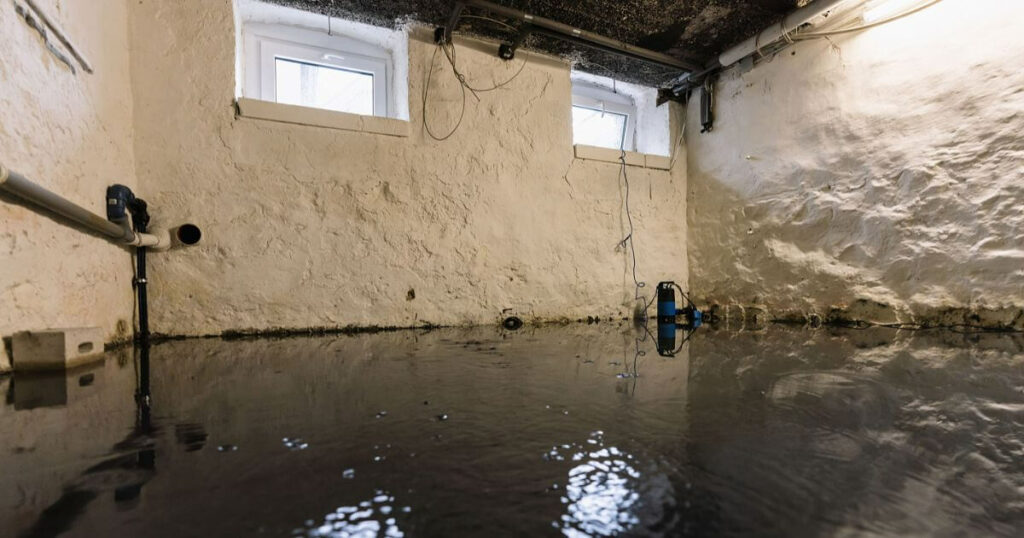
A sump pump is crucial for keeping your basement or crawl space dry. It works by collecting and redirecting excess water away from your home’s foundation, shielding it from potential leaks and floods caused by heavy rain or snow melt. What you may not realize is that beyond just physically keeping your house dry, this action also protects your possessions within and maintains the structural integrity of your home. Therefore, a working sump pump means peace of mind. Now let’s see how this small piece of equipment manages such a vital task. T&J Rooter Service specializes in ensuring that your sump pump is always in top condition, safeguarding your home from water damage with their expert sump pump services.
The purpose of a sump pump is to collect excess water that accumulates in a basement or crawl space and efficiently divert it away from the home’s foundation, preventing potential water damage and reducing the risk of flooding. Sump pumps are essential for maintaining a dry and protected environment in basements, particularly in areas prone to heavy rainfall or snowmelt.
What is a Sump Pump?
Let’s imagine this: It’s been raining heavily for days, and you start to notice water pooling in your basement or crawl space. This is where a sump pump comes into play. A sump pump is often the unsung hero of many homes, installed in the lowest part of the basement or crawlspace to keep these areas dry and protected from flooding.
The mechanism behind its functionality is quite simple yet ingenious. The sump pump sits inside a small pit, known as the sump pit or basin, which allows water to collect around it. When enough water accumulates in the pit, the sump pump automatically turns on, removes the excess water, and pumps it away from the house through a discharge pipe. This ensures that water doesn’t linger around your home’s foundation and cause moisture-related problems such as mold growth or structural damage.
Now, there are different types of sump pumps available, mainly falling into two categories: pedestal and submersible. Pedestal pumps consist of a motor mounted above the sump while the pump itself is at the bottom. Submersible pumps are entirely submerged in water inside the sump pit. The choice between these two depends on factors like your basement space and the level of protection you need against flooding.
It’s essential to remember that sump pumps are designed to be a proactive solution to potential water damage rather than a reactive one. Their presence allows homeowners to protect their properties from unexpected flooding that could otherwise cause costly repairs and long-term issues, not to mention the health risks associated with mold growth in damp environments.
Having understood what a sump pump is and how it contributes to protecting our homes from water damage, let’s now delve into exactly how it works and why its seamless operation is crucial for preventing basement flood emergencies.
Protecting Your Home From Leaks and Floods
Imagine returning home after a heavy rain, only to find your basement floor soaked and belongings damaged by water. The bad news? Water damage in the home can be very expensive to repair, especially if it’s a recurring issue. The good news? This is where a sump pump comes in as an essential shield against such woes.
By acting as a first line of defense, sump pumps actively minimize the risk of water damage caused by natural elements such as rainfall, melting snow, or rising groundwater. Whenever there’s an excessive accumulation of water, the sump pump kicks into gear, promptly removing the water before it has a chance to seep into your home’s foundation, walls, floors, or precious possessions.
Just like a trusty guardian angel, this device works silently in the background but springs into action when needed most. Without a sump pump safeguarding your home, you could potentially face extensive damage, disruption, and hefty bills related to structural repairs and costly replacements of ruined items.
Furthermore, the protection afforded by a sump pump goes beyond material possessions; it safeguards the living environment within your home. By ensuring that water does not infiltrate your living space, it contributes to maintaining a safe and dry interior for you and your family. This is particularly crucial because excess moisture in the basement can lead to mold, mildew, and other bacterial issues that affect both your home and health.
Think of the sump pump as your home’s own superhero — ready to leap into action when called upon. Just as a superhero protects citizens from harm, the sump pump protects your home from potential water damage disasters and ensures a safe living environment for you and your loved ones.
The role of a sump pump extends far beyond protecting material possessions; it acts as a silent sentinel guarding against potential structural hazards and maintaining the well-being of everyone under your roof.
Mechanism Behind Sump Pump Flooding Prevention
Sump pumps act as a guardian angel for your basement, protecting it from water seepage and flooding. But how exactly do they work their magic?
It all begins with a sump pit, dug at the lowest point of your basement or crawl space, collecting any accumulated water around your home’s foundation. When the water in the sump pit reaches a certain level, a float switch activates the sump pump.
Sump pumps come in two main types: submersible and pedestal. Submersible pumps are designed to function underwater, sitting in the sump pit. On the other hand, pedestal pumps have a motor located above the sump pit and are suitable for narrow spaces. Once activated, the sump pump expels the water through a discharge pipe away from your home.
As winter arrives and snow melts or heavy rain hits, water can seep into your basement if there is no protection. However, your sump pump has already leaped into action and saved the day before you even realize it.
This simple yet effective process keeps basements free from floods and protects homes from potential water damage. Regular maintenance ensures peak performance so that when needed, your sump pump can swiftly carry out its duties without hiccups.
Imagine returning home after a rainy day to find your basement completely dry—thanks to your reliable sump pump. It provides peace of mind knowing this unassuming equipment stands guard against potential basement floods.
Understanding how sump pumps prevent flooding emphasizes their crucial role in safeguarding homes from water damage. Now that we’ve unraveled the mystery behind their functionality, let’s explore how often sump pumps should be maintained to ensure they function optimally.
The Intricacies of Drainage System Installation
Installing a drainage system to work in concert with your sump pump is crucial for steering excess water away from your home’s foundation and ensuring it flows out and away from your basement. After heavy rains or snowmelt, stagnant water around your foundation can build pressure against your foundation walls, risking seepage into your basement.
The main goal here is to strategically construct the drainage system to keep water away from your home. This can involve installing gutters and downspouts to channel rainwater away, sloping the ground around your house away from its foundation, and even adding underground drains or French drains (perforated pipes buried in gravel) to direct water properly away.
Benefits of Proper Drainage Layout
A good drainage layout immediately benefits you by protecting your home from flooding while also safeguarding its structural integrity. Preventing excess moisture in basements is crucial to avoid mold problems, damage to possessions, and health issues. A well-designed drainage system contributes to the preservation of the foundation and helps avoid costly repairs.
Since seepage can occur through fissures, cracks, or around windows and doors, effective drainage systems are essential to prevent structural damage while enhancing the value of your property. They divert potentially hazardous stormwater, snowmelt, or even normal runoff away from the foundation and into safer channels like storm drains or retention ponds.
Think about it this way: Just as a well-designed irrigation system keeps a garden flourishing instead of overwhelming it with too much water, a quality drainage system nourishes your home’s longevity by efficiently handling excessive water flow.
In essence, proper drainage system installation acts as a safety net for your home, ensuring that any excess water is guided away from the house’s foundation—safeguarding both its structural integrity and durability.
Now that we’ve explored the critical role of drainage systems in battling water damage, let’s shift our focus to evaluating the features and properties that make a sump pump efficient and reliable.
Evaluating Pump Features and Properties
When you’re in the market for a sump pump, it’s crucial to focus on a few fundamental features and properties to ensure you make the right choice for your specific needs. Here are some key considerations that will guide you in selecting the best sump pump for your basement.
Capacity and Power Source
One of the most critical factors to consider is the pump’s capacity, representing the volume of water the pump can remove within a specified time. If your area experiences heavy rainfall or is prone to flooding, a high-capacity pump would be more suitable. Additionally, assessing the power source options (electric or battery backup) is crucial. While electric sump pumps are reliable, a battery backup ensures continuous functionality during power outages, providing an extra layer of protection.
Pumping Mechanism
Another fundamental aspect to contemplate is the pumping mechanism of the sump pump. Submersible pumps feature a motor that is concealed inside the pump casing, allowing them to be fully submerged in the water. They are more discreet and better suited for smaller spaces due to their quieter operation. On the other hand, pedestal pumps have a motor that is mounted above the sump pit. Although they are not as visually discrete as submersible pumps, they are renowned for their durability and ease of maintenance. Careful consideration of these pumping mechanisms will help you determine the most suitable option for your basement.
It’s akin to choosing between different types of tools—you want to pick the one that’s designed for your specific situation, ready to work hard and last a long time without any trouble or special conditions.
By evaluating these critical features and properties — such as capacity, power source, and pumping mechanism — you can make an informed decision regarding which sump pump best fits your requirements and provides effective protection against potential water damage in your basement.
Remember, choosing the right sump pump ensures that your basement remains dry and safe during heavy rains or floods, safeguarding your property and possessions from water damage.
Now equipped with an understanding of important considerations in selecting a sump pump, let’s move forward to discovering how to install this crucial system effectively.
Guide to Installing a Sump Pump
Installing a sump pump is not something you want to attempt without a complete understanding of plumbing and electrical requirements. If you are planning to take this on as a DIY project, make sure to familiarize yourself with local building codes and regulations as they can affect where you can discharge water and what precautions are required.
First, consider the location for the sump pump. This should be in the lowest part of your basement or crawlspace. You need to dig a pit deep enough, usually about 2 feet in depth and 18 inches in diameter, and place the sump pump in it. The location chosen should allow water to flow into it naturally.
When it comes to choosing a sump pump, you have options: pedestal or submersible. Pedestal pumps have a motor above the sump while submersible pumps have the motor inside the sump. Once the appropriate pump type is selected, consider hiring professional help for both electrical setup and securing correct fitting size and type.
Just consider this like when you’re putting together a complex puzzle: each piece has to fit perfectly for it to work properly. The professionals will have all necessary tools and equipment to install the sump pump correctly.
Next, let’s talk about an important step in the installation process namely electrical connections.
Proper Electrical Connections
Ensuring accurate electrical connections is critical here. You don’t want to risk fire hazards or electrocution. That’s why it’s recommended to leave this part of the installation process to seasoned electricians. They have extensive knowledge of local building codes regarding electrical work and will safeguard against any safety violations. This ensures everything is done safely and up to standard code.
Additionally, battery backups are convenient in case of power outages – you might consider having one installed concurrently with the primary pump installation.
A licensed professional will be capable of handling whatever electrical requirements are necessary along with setting up battery backups where they are feasible for your specific set up.
Finally, let’s discuss additional testing that needs to take place after installation:
Post-Installation Testing
It’s crucial that each component of the sump pump system works effectively after installation. Professionals conduct rigorous testing post-setup to ensure smooth operation. This includes checking if the sump pit has been dug deep enough, ensuring proper function in removing accumulated water, verifying that discharge lines lead water away from your home effectively, and confirming battery backup power activation.
Take these tests as seriously as you would take a car for a test drive after a significant repair – making sure everything operates smoothly and as expected is key before relying on it.
So, keep in mind that professional assistance can make all the difference when it comes to installing a sump pump correctly—this will provide peace of mind knowing that your basement is protected against potential flooding with top-notch security measures in place.
Understanding the Sump Pump System Discharge and Water Levels
So, your new sump pump is in place and ready to go. Now it’s essential to understand how it works and what you need to keep an eye on. The sump pump system discharge isn’t just about funneling water away from your home; it’s a crucial part of keeping your basement dry.
The discharge pipe carries the water that your sump pump collects away from your house to prevent it from re-entering the pit. This means that even if the water level in the pit rises again after the pump turns off, the discharged water won’t flow back inside.
Let’s think of it like this: Just as a lifeguard watches over a swimming pool to keep people safe, the sump pump watches over your home by monitoring water levels—removing any excess water that could otherwise cause flooding.
Now comes another vital part. Monitoring isn’t just about checking the same figures every day; it’s about understanding normal versus abnormal readings. This way, when changes occur, you can take action to avoid larger problems.
Here’s what you should do:
- Regular Checks: Make it a habit to inspect the sump pit and pump at least once a month. Regular checks ensure early detection of any issues.
- Float Switch Observation: Keep an eye on the float switch (if your sump pump has one) to ensure its free movement. It’s the part responsible for turning the pump on and off based on water levels in the pit. Ensuring its free movement guarantees proper functioning and avoids potential blockages.
Understanding how the water discharge system works leads to an effective and efficient flood prevention mechanism. Let’s explore further into how understanding sump pit water levels is crucial for activating the sump pump at the right time.
To safeguard your home from potential water damage, maintaining and understanding sump pump operation is a crucial step. If you need professional assistance with sump pump installation or maintenance, feel free to get in touch with T&J Rooter Service for expert guidance tailored to your specific needs.
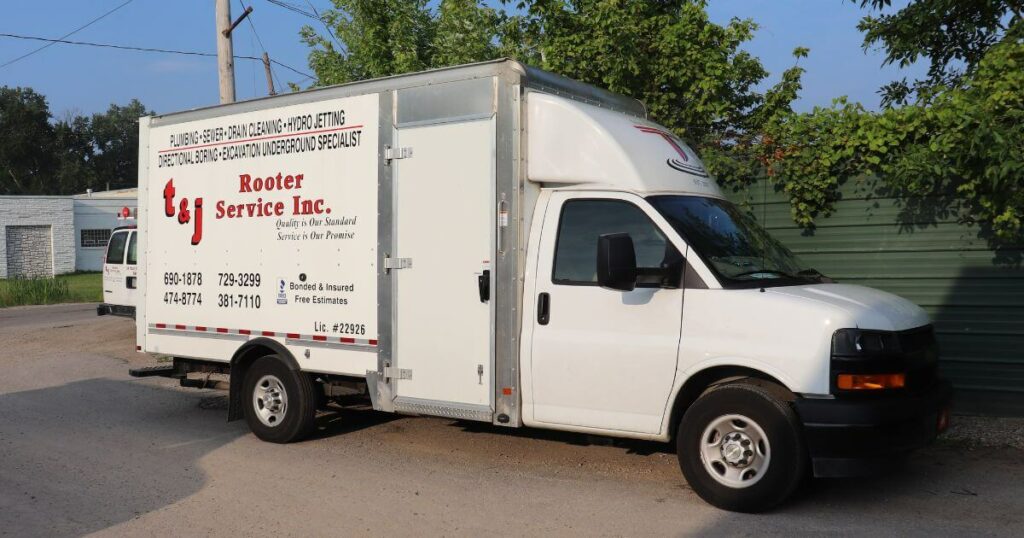
Posted on March 27th, 2024
T&J Rooter Service Profile Links

Posted on March 18th, 2024
Emergency Plumbing: Handling Sudden Water Leaks
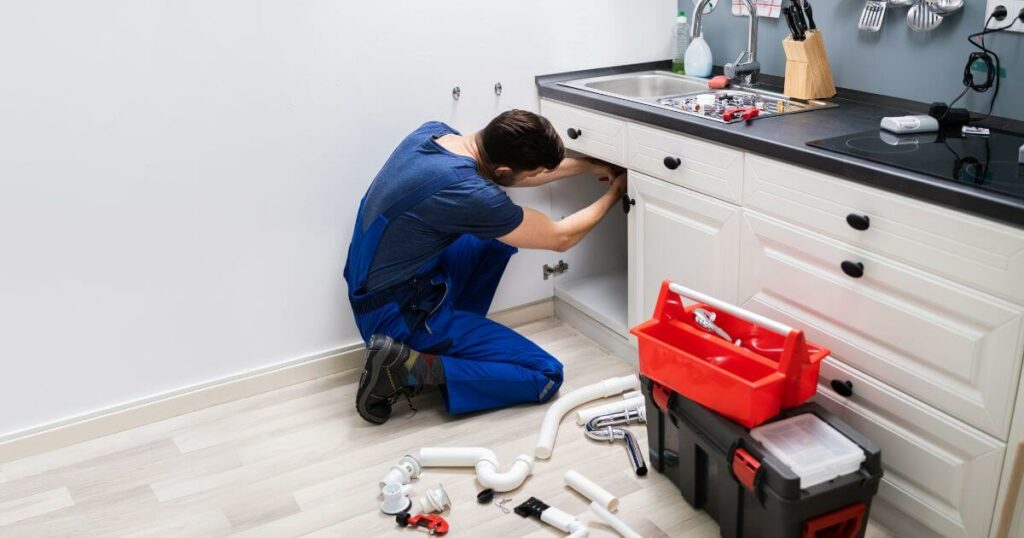
When a sudden water leak springs in your home, it’s more than just an inconvenience—it’s a race against time to prevent damage and costly repairs. This guide dives into the essentials of managing such emergencies, from early detection signs like unexplained spikes in water bills and the ominous sound of running water when all taps are off, to decisive action steps including shutting off the water supply and minimizing damage. It also outlines when it’s crucial to call in a professional plumber and offers insights into DIY temporary fixes for minor leaks. Beyond immediate responses, we delve into preventative measures to safeguard your home against future leaks, highlighting the importance of regular maintenance and the benefits of installing leak detection systems. Equipped with this knowledge, you’ll be prepared to tackle sudden water leaks head-on, minimizing their impact on your home and ensuring peace of mind. When facing such situations, T&J Rooter Services, whose plumbers take care of all your leaks, becomes an indispensable resource for homeowners.
What is a sudden water leak?
A sudden water leak is an unexpected release of water within your home’s plumbing system, often resulting from damaged pipes, faulty connections, or wear and tear. It can lead to immediate water damage, potentially affecting your home’s structure and your belongings. Identifying these leaks early is crucial to prevent extensive damage and reduce repair costs. Understanding the common signs of a sudden leak, such as wet spots on floors or walls and the sound of running water when taps are off, is the first step in effectively managing and mitigating its impact.
Identifying the source of the leak
Pinpointing the origin of a water leak is pivotal in halting its progression and averting further damage. Key indicators include an unexplained increase in water bills, signaling excessive water use, and wet spots on floors or walls, which suggest the presence of a leak. Another telltale sign is the sound of running water when all taps are securely turned off, indicating water movement where there shouldn’t be any. Common culprits behind these leaks are often leaky faucets and showerheads, broken water supply lines, or damaged pipe joints. Recognizing these signs and sources enables homeowners to take swift action, either by applying temporary fixes or seeking professional help, thus minimizing the impact of leaks on their property.
Signs of a water leak
- Unexplained increase in water bills: This often signals a hidden leak, as it indicates water is being consumed without your knowledge.
- Wet spots on floors or walls: Visible cues that water is escaping from somewhere it shouldn’t.
- The sound of running water when all taps are off: Can point to a leak within the walls or under the floors, where pipes are out of sight.
Common sources of water leaks in homes
- Leaky faucets and showerheads: These can drip unnoticed, wasting gallons of water over time.
- Broken water supply lines: Can cause significant damage, as they supply water under pressure, making leaks more severe.
- Damaged pipe joints: Prone to failure over time due to stress, corrosion, or subpar installation, leading to leaks that can be challenging to detect until they cause noticeable damage.
Steps to take immediately after detecting a water leak
Upon discovering a water leak, the first critical step is to shut off the water supply to prevent further damage. This involves locating the main shut-off valve, which controls the flow of water into your home. For leaks associated with specific fixtures, turning off the water at the source can be a quick, targeted approach. Next, focus on minimizing water damage by removing standing water with mops and towels, and moving furniture and valuables to a dry area. Documenting the damage is also essential for insurance purposes; take photos of the affected areas and list all damaged property. These immediate actions can significantly mitigate the effects of a leak, paving the way for effective repair and recovery.
Shutting off the water supply
Immediately halting the water flow is crucial. This action prevents the leak from worsening and causing more damage.
Locating the main shut-off valve
Identify and access your home’s main shut-off valve. This valve is typically found in basements, near the water meter, or outside the house.
Turning off water at the source for specific fixtures
If the leak is coming from a specific fixture like a sink or toilet, you can stop the water directly at the source by turning off the valve located under the fixture.
Minimizing water damage
Act swiftly to reduce the impact of the leak. This involves quick and effective water removal and protection of your home’s interior.
Removing water with mops and towels
Use mops, towels, or sponges to soak up and remove standing water. This step is vital in preventing further water damage to floors and furnishings.
Moving furniture and valuables to a dry area
Relocate items away from the affected area to prevent water damage. Focus on saving items that are most vulnerable to water.
Documenting the damage for insurance purposes
Create a detailed record of the damage caused by the leak. This documentation is essential for filing an insurance claim.
Taking photos of the damaged areas
Photograph all areas impacted by the leak. These images serve as evidence of the damage for your insurance company.
Listing all damaged property
Compile a comprehensive list of all items damaged by the water leak. This list will be crucial for insurance claims and replacement of items.
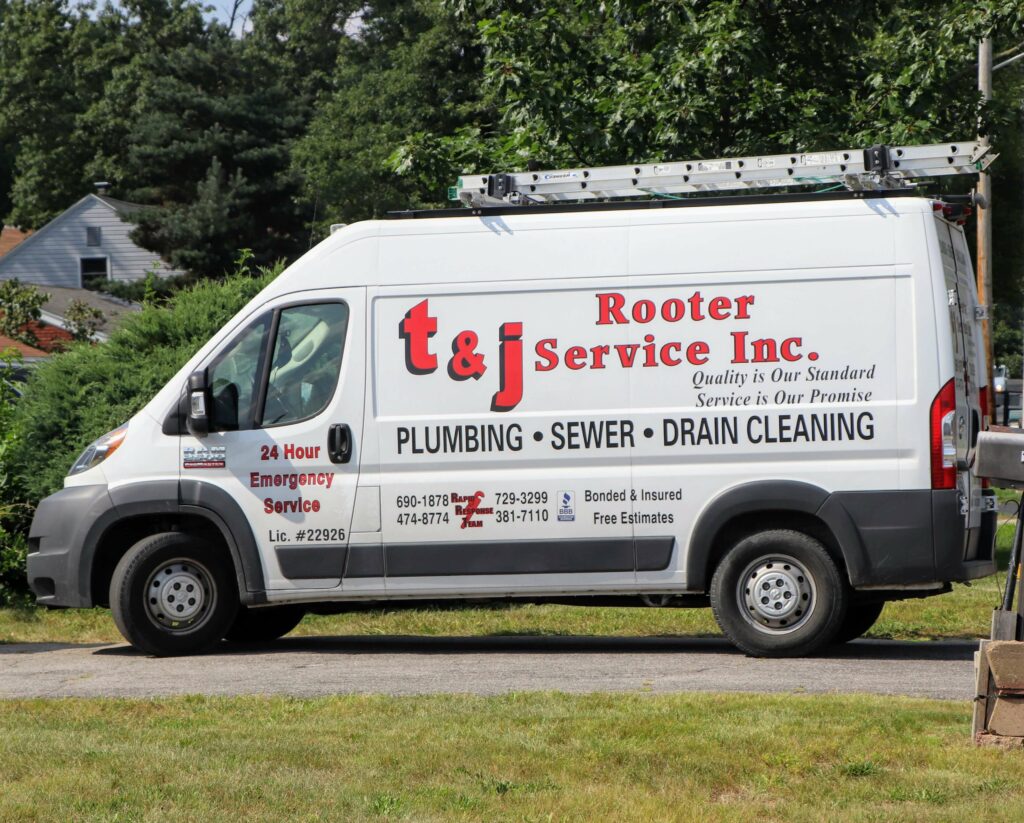
When to call a professional plumber
Certain situations necessitate the immediate intervention of a professional plumber. Major pipe bursts and sewage backups are critical scenarios where DIY fixes are not advisable due to the potential for extensive damage and health risks. Professional plumbers bring expertise in identifying and fixing the root cause of the problem, along with access to the right tools and equipment. Their skills ensure that the issue is resolved quickly and efficiently, preventing further damage and ensuring the safety and integrity of your plumbing system. In these instances, calling a professional is not just a matter of convenience but a crucial step in safeguarding your home.
Situations requiring immediate professional intervention
- Major pipe bursts: These can cause significant water damage in a short amount of time, necessitating the expertise of a professional plumber to resolve quickly.
- Sewage backups: Such incidents pose serious health risks and require specialized knowledge and equipment to safely and effectively address.
Benefits of hiring a professional for emergency plumbing
- Expertise in identifying and fixing the root cause: Professional plumbers have the training and experience to diagnose the underlying issue accurately, ensuring a long-term solution rather than a temporary fix.
- Access to the right tools and equipment: They are equipped with the necessary tools and technology to repair complex plumbing problems efficiently, saving time and minimizing damage.
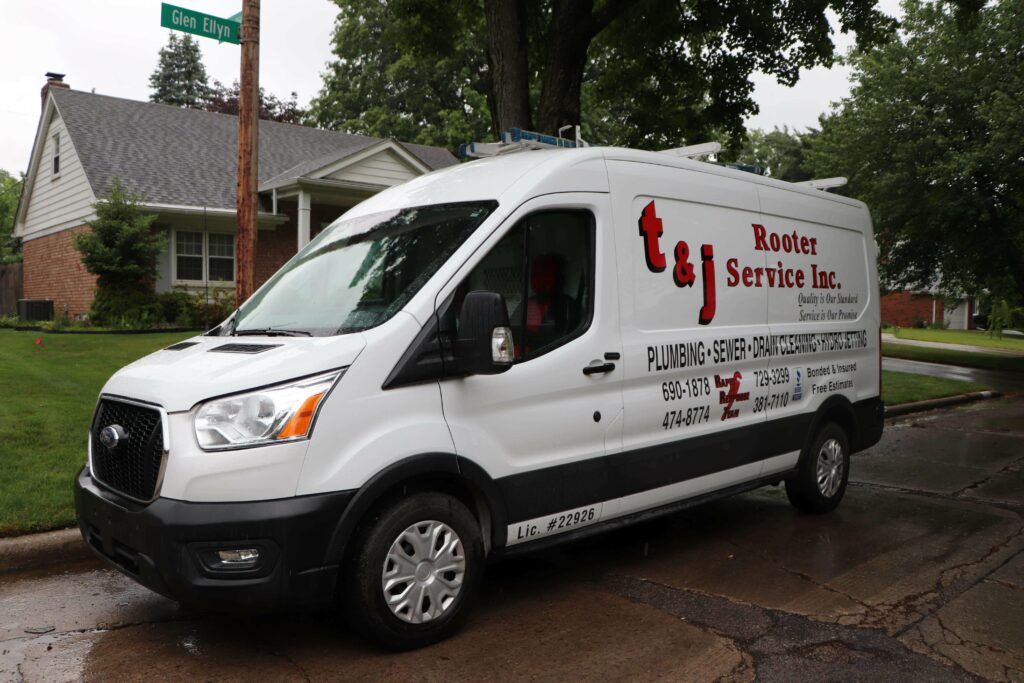
DIY temporary fixes for minor leaks
For minor leaks that don’t immediately threaten extensive damage or require professional intervention, several DIY solutions can provide a temporary fix. Using epoxy putty or pipe clamps can effectively seal small leaks, offering a stopgap solution until a more permanent repair can be made. Applying epoxy putty involves molding it around the leak site, where it hardens and seals the leak. Using pipe clamps is another method, which involves clamping them around the damaged section of the pipe to temporarily stop the leak. Additionally, applying waterproof tape around the leak site can also prevent water from escaping. These methods are practical for managing minor leaks, buying time until professional repairs can be undertaken.
Using epoxy putty or pipe clamps
Epoxy putty and pipe clamps are effective tools for addressing minor leaks temporarily.
Applying epoxy putty to seal small leaks
Epoxy putty can be molded around the leak site. Once hardened, it creates a seal that stops the leak.
Using pipe clamps for temporary pipe repair
Pipe clamps can be fastened around a damaged pipe section, providing a temporary hold that prevents water from leaking.
Applying waterproof tape
Waterproof tape is another quick fix for minor leaks.
Wrapping the tape tightly around the leak site
By wrapping the tape tightly around the affected area, it acts as a barrier, preventing water from escaping until a more permanent solution is applied.
Preventing future water leaks
To safeguard your home against future water leaks, adopting proactive measures is key. Regular maintenance, such as inspecting pipes and fixtures periodically, plays a crucial role in early detection of potential problems. Replacing old or corroded pipes before they fail can prevent leaks from occurring. Additionally, the installation of water leak detection systems offers an advanced layer of protection by alerting homeowners to the presence of leaks before they cause significant damage. These systems range from passive leak detectors, which sound an alarm when a leak is detected, to active leak detectors, which can automatically shut off the water supply to minimize damage. Incorporating these preventive strategies into your home maintenance routine can significantly reduce the risk of water leaks, ensuring the longevity of your plumbing system and the safety of your home.
Regular maintenance tips
- Inspecting pipes and fixtures periodically: Regular inspections can catch issues before they escalate into major problems.
- Replacing old or corroded pipes: Updating aging pipes reduces the risk of leaks and water damage.
- Installing water leak detection systems: These systems provide an extra layer of protection by identifying leaks early.
Types of water leak detectors
- Passive leak detectors: These devices sound an alarm when they detect moisture, alerting homeowners to potential leaks.
- Active leak detectors: Active detectors go a step further by automatically shutting off the water supply when a leak is detected.
Benefits of using leak detectors
- Early detection of leaks: Allows for immediate action to be taken, minimizing damage.
- Preventing costly water damage: By catching leaks early, these devices can save homeowners a significant amount of money in repairs and lost property.

Posted on March 18th, 2024
Plumbing Pros: The Pioneers of Piping Perfection

The Pipeline Pioneers:
The Leak Detectives:
Why Plumbers Rule the Roost:
Frequently Asked Plumbing Questions (FAQs):
Q1: Can I use chemical drain cleaners instead of calling a plumber?
Q2: How often should I schedule plumbing maintenance?
Conclusion:
Posted on March 13th, 2024

